NEWLY UPDATED THE ORIGIN OF THE BIBLE  tyndale house publishers, inc. carol stream, illinois Visit Tyndale online at www.tyndale.com. TYNDALE and Tyndales quill logo are registered trademarks of Tyndale House Publishers, Inc. The Origin of the Bible Copyright 2012 by Tyndale House Publishers. All rights reserved. Previously published in 1992 and 2003 as The Origin of the Bible by Tyndale House Publishers under ISBN 978-0-8423-8367-7.
tyndale house publishers, inc. carol stream, illinois Visit Tyndale online at www.tyndale.com. TYNDALE and Tyndales quill logo are registered trademarks of Tyndale House Publishers, Inc. The Origin of the Bible Copyright 2012 by Tyndale House Publishers. All rights reserved. Previously published in 1992 and 2003 as The Origin of the Bible by Tyndale House Publishers under ISBN 978-0-8423-8367-7.
First printing by Tyndale House Publishers, Inc., in 1992. Designed by Erik M. Peterson Scripture quotations marked NIV are taken from the Holy Bible, New International Version, NIV. Copyright 1973, 1978, 1984 by Biblica, Inc. Used by permission of Zondervan. www.zondervan.com. www.zondervan.com.
Scripture quotations marked KJV are taken from the Holy Bible, King James Version. Scripture quotations marked RV are from the Holy Bible, English Revised Version, 1881. Scripture quotations marked RSV are taken from the Revised Standard Version of the Bible, copyright 1952 [2nd edition, 1971] by the Division of Christian Education of the National Council of the Churches in the United States of America, Used by permission. All rights reserved. Scripture quotations marked NRSV are taken from the New American Standard Bible, copyright 1960, 1962, 1963, 1968, 1971, 1972, 1973, 1975, 1977 by The Lockman Foundation. Used by permission.
Scripture quotations marked TLB are taken from The Living Bible, copyright 1971 by Tyndale House Foundation. Used by permission of Tyndale House Publishers, Inc., Carol Stream, Illinois 60188. All rights reserved. Scripture quotations marked NLT are taken from the Holy Bible, New Living Translation, copyright 1996 by Tyndale House Foundation. Used by permission of Tyndale House Publishers, Inc., Carol Stream, Illinois 60188. All rights reserved.
Permission granted by InterVarsity Press, England, to reproduce three articles from the New Bible Dictionary (editor, J. D. Douglas), revised edition, 1982: Bible by F. F. Bruce, Inspiration of the Bible by J. I.
Packer, and Canon of the Old Testament by R. T. Beckwith. Permission granted by Philip Comfort to reproduce and adapt portions from The CompleteGuide to Bible Versions, published by Tyndale House Publishers, Inc., 1991. Permission granted by Baker Book House to reproduce and adapt portions of The Question forthe Original Text of the New Testament by Philip W. Comfort, 1992.
Order under ISBN 978-1-4143-7932-6. C O N T R I B U T O R S Harold O. J. Brown, Ph.D. former Professor of Biblical and Systematic Theology The Forman Professor of Ethics in Theology Trinity Evangelical Divinity School R. T.
Beckwith, M.A. former Director, Latimer Trust, Oxford F. F. Bruce, M.A. former Rylands Professor of Biblical Criticism and Exegesis University of Manchester, England Philip W. Comfort, Ph.D.
Senior Editor, Bible Department, Tyndale House Publishers Visiting Professor, New Testament, Coastal Carolina University Raymond L. Elliott, M.A. (Theology), M.A. (Linguistics) Member Emeritus of Wycliffe Bible Translators/Summer Institute of Linguisticstranslated the New Testament into Nebaj Ixil Milton C. Fisher, Th.M., Ph.D., D.D. K. K.
Harrison, Ph.D., D.D. former Professor, Wycliffe College University of Toronto Carl F. H. Henry, Th.D., Ph.D. former Visiting Professor Trinity Evangelical Divinity School Mark R. Norton, M.A.
Editorial Director, Bible Department, Tyndale House Publishers J. I. Packer, M.A., D.Phil., D.D. Professor of Systematic Theology Regent College Leland Ryken, Ph.D. Professor of English Wheaton College Larry Walker, Ph.D. former Chairperson of Practical Theology Trinity Evangelical Divinity School former Pastor, Cheyenne Evangelical Free Church C O N T E N T S Introduction...ix SECTION ONE The Authority and Inspiration of the Bible The Bible F. F. F.
Bruce...3 The Authority of the Bible Carl F. H. Henry...13 The Inspiration of the Bible J. I. Packer...29 The Inerrancy and Infallibility of the Bible Harold O. J.
Brown...37 SECTION TWO The Canon of the Bible The Canon of the Old Testament R. T. Beckwith...51 The Canon of the New Testament Milton Fisher...65 Old Testament and New Testament Apocrypha R. K. Harrison...79 SECTION THREE The Bible as a Literary Text Literature in Bible Times Milton Fisher...97 The Bible as Literature Leland Ryken...111 SECTION FOUR Bible Texts and Manuscripts Texts and Manuscripts of the Old Testament Mark R. Norton...155 Texts and Manuscripts of the New Testament Philip W.
Comfort...185 SECTION FIVE Bible Translation Biblical Languages Larry Walker...217 Bible Translation Raymond L. Elliott...239 History of the English Bible Philip W. Comfort...273 Versions of the Bible Victor Walter...311 Recent Developments Philip W. Comfort...333 I N T R O D U C T I O N THE BIBLE. No other book has had so many books written about itso why yet another one? Though there are many books that help readers understand the content of the Bible, few explain its origins. This volume provides an overview of how the Bible was first inspired, canonized, read as sacred literature, copied in ancient Hebrew and Greek manuscripts, and translated into the languages of the world.
The first section, The Authority and Inspiration of the Bible, focuses on the Bibles divine inspiration, lasting authority, and infallibility. The second section, The Canon of the Bible, reveals the processes that went into selecting the thirty-nine books of the Old Testament and the twenty-seven books of the New Testa ment to be part of canonized Scripture. This section also has an essay on the Old Testament and New Testament apocrypha. The third section, The Bible as a Literary Text, elucidates the liter ary background of the Bible and shows how the Bible is a literary masterpiece. The fourth section, Bible Texts and Manuscripts, describes the ancient biblical manuscripts that have been discov ered and used in forming editions of the Hebrew and Greek texts. The fifth section, Bible Translation, provides information about the biblical languages (Hebrew, Aramaic, Greek) and Bible trans lation itself.
Furthermore, this section gives a brief history of the English Bible and of other versions in many languages. I hope this book will inspire fresh appreciation for our Bible and greater understanding of the processes that went into making the Bible the inspired text that it is. Philip W. Comfort  SECTION ONE THE AUTHORITY AND INSPIRATION OF THE BIBLE THE BIBlE F. F. Bruce The word Bible is derived through latin from the Greek word biblia (books), specifically the books that are acknowl edged as canonical by the Christian church.
SECTION ONE THE AUTHORITY AND INSPIRATION OF THE BIBLE THE BIBlE F. F. Bruce The word Bible is derived through latin from the Greek word biblia (books), specifically the books that are acknowl edged as canonical by the Christian church.
The earliest Christian use of ta biblia (the books) in this sense is said to be 2 Clement 2:14 (c. a.d. 150): the books and the apostles declare that the church... has existed from the beginning. (Compare Dan. 9:2, I, Daniel, understood from the Scriptures, where the reference is to the corpus of Old Testament prophetic writings.) Greek bib-lion (of which biblia is the plural) is a diminutive of biblos, which in practice denotes any kind of written document, but originally one written on papyrus.
A term synonymous with the Bible is the writings or the Scriptures (Greek hai graphai, ta grammata), frequently used in the New Testament to denote the Old Testament documents in whole or in part. For example, Matthew 21:42 says, Have you never read in the Scriptures? (
Next page
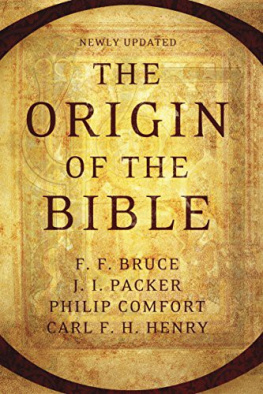

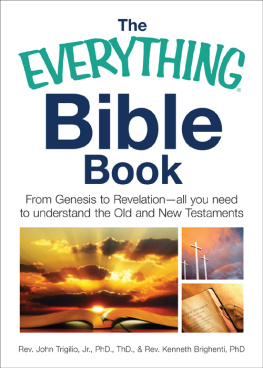
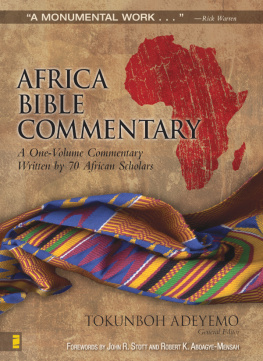
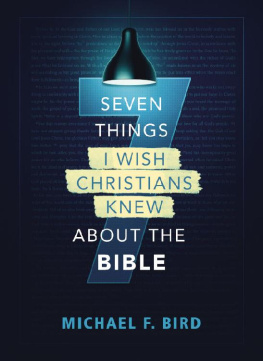
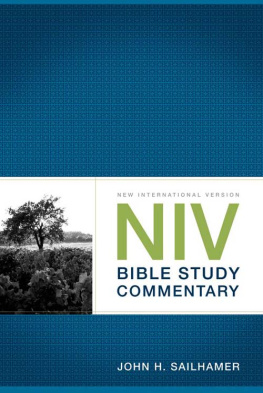

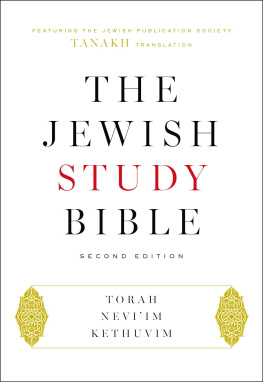
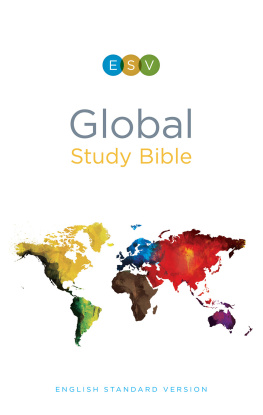
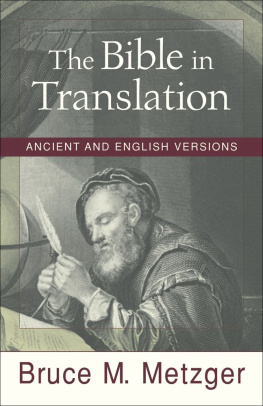
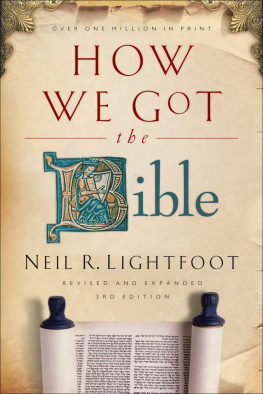
 tyndale house publishers, inc. carol stream, illinois Visit Tyndale online at www.tyndale.com. TYNDALE and Tyndales quill logo are registered trademarks of Tyndale House Publishers, Inc. The Origin of the Bible Copyright 2012 by Tyndale House Publishers. All rights reserved. Previously published in 1992 and 2003 as The Origin of the Bible by Tyndale House Publishers under ISBN 978-0-8423-8367-7.
tyndale house publishers, inc. carol stream, illinois Visit Tyndale online at www.tyndale.com. TYNDALE and Tyndales quill logo are registered trademarks of Tyndale House Publishers, Inc. The Origin of the Bible Copyright 2012 by Tyndale House Publishers. All rights reserved. Previously published in 1992 and 2003 as The Origin of the Bible by Tyndale House Publishers under ISBN 978-0-8423-8367-7. SECTION ONE THE AUTHORITY AND INSPIRATION OF THE BIBLE THE BIBlE F. F. Bruce The word Bible is derived through latin from the Greek word biblia (books), specifically the books that are acknowl edged as canonical by the Christian church.
SECTION ONE THE AUTHORITY AND INSPIRATION OF THE BIBLE THE BIBlE F. F. Bruce The word Bible is derived through latin from the Greek word biblia (books), specifically the books that are acknowl edged as canonical by the Christian church.